10 Ways Homeowners Can Help Fight Climate Change
The Earth has taken a beating over the course of billions of years. Yet, perhaps the human touch has impacted the climate the most. Factories, cars, chemicals in products, waste disposal, and the list can go on and on.
Every day, each person impacts the environment in little ways. Humans leave behind a carbon footprint, but the depth of that print and the size of it can be controlled. Here are 10 ways homeowners can fight climate change and reduce their carbon footprint.
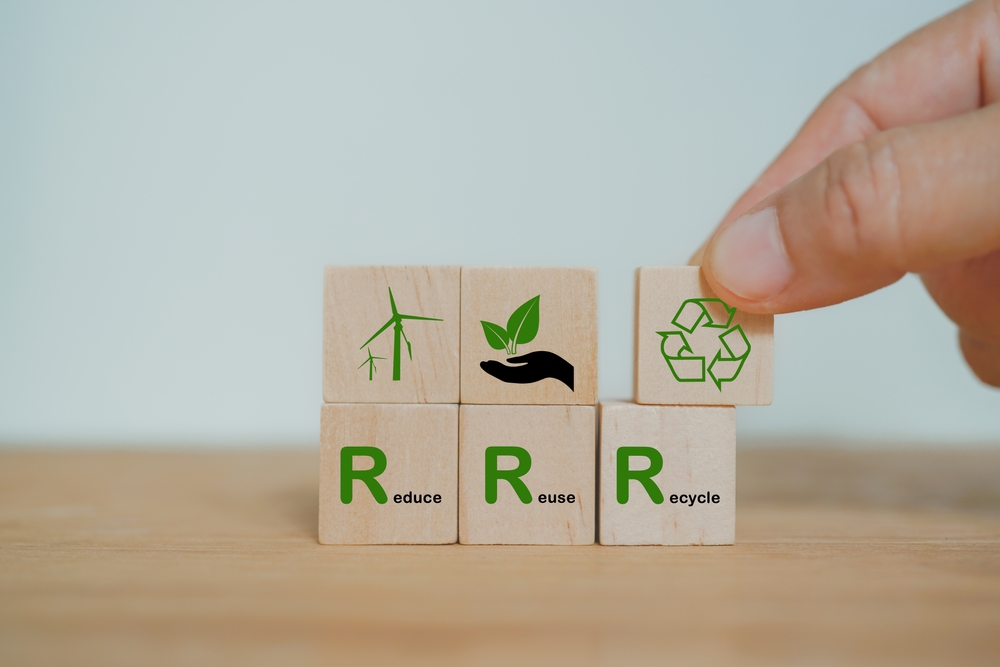
Reduce, Reuse, Recycle
The 3Rs have been a guiding point for living a greener light. Start a recycling program at home and investigate recycling opportunities in the area. Does the city offer these services? Homeowners can take their own initiative and start just by saving aluminum cans. Then drop off those cans at a recycling center; homeowners may even earn a little extra money.
Homeowners also can start a compost pile. This allows organic waste to decompose and be used to fertilize gardens. Good Housekeeping offers an article on how to compost at home. Put those coffee grounds and peels to good use.
Reusing also is an important and eco-friendly habit. Don’t throw garments and textiles away, cut them up and use them as rags for windows or for dusting. Garments in good shape can be donated to charities.
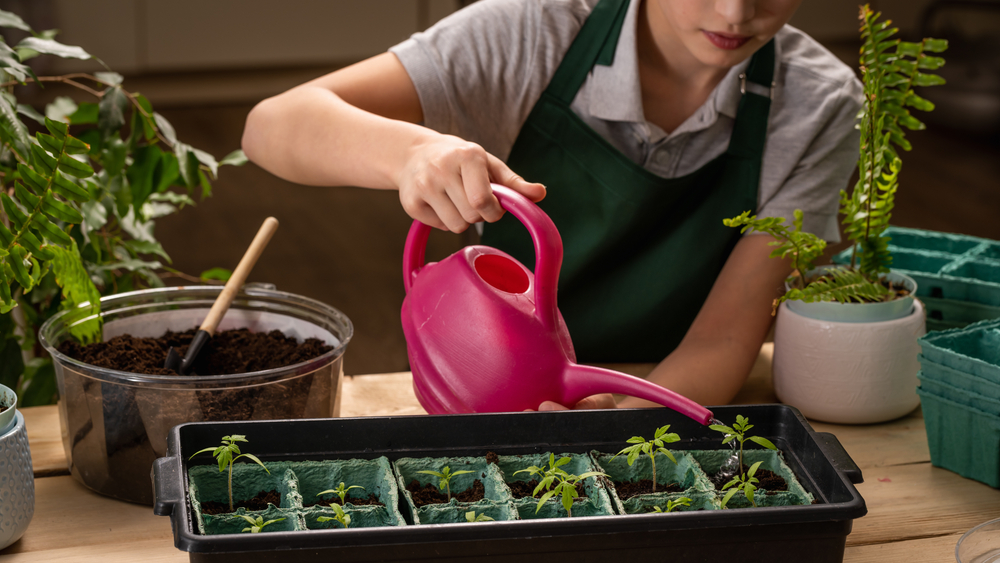
Grow a Garden
Think sustainably and be self-sustaining, too. Grow a garden with your favorite vegetables or fruits. When choosing what to plant, keep in mind the climate of a particular area. Choose plants and produce that are native to the area.
However, as the climate heats up and gardens are affected, gardeners need to be sustainable in their practices. Consider using non-gas powered equipment to tend to the yard and the garden.
For homeowners who have never started a garden, start small. The Old Farmer’s Almanac offers a list of easy produce for new gardeners. Five of the easiest varieties include:
- Lettuce
- Green beans
- Peas
- Radishes
- Carrots

Don’t Waste Water
Water is a limited resource. In some countries, women must walk for miles to access drinking water. In the U.S., most households have clean drinking water that flows freely from the tap. There is no hunt, but that doesn’t mean that water should be wasted.
If possible, conserve water by installing low-flow toilets and showerheads. For bathroom and kitchen faucets, consider choosing motion-activated faucets. These ensure that water doesn’t keep flowing when it’s not in use. Unfortunately, it’s all too easy to leave the water running when washing hands or brushing our teeth.
Adjust the Thermostat
The biggest waste of energy in the home is from heating and cooling. Keeping the home feeling comfortable accounts for nearly half of the energy use for the home. Turn down the thermostat to 68 degrees Fahrenheit in the winter and nudge up the thermostat to 78 degrees Fahrenheit in the summer.
When homeowners need to replace their HVAC system, consider an energy-efficient option. There could be rebates associated with these energy-saving systems to help offset the cost.

Choose LED
Incandescent light bulbs burn hot and waste energy. Their lifespan isn’t so impressive, and they are simply an energy wasting source of light. LED bulbs last for years and are extremely energy efficient. Audit the bulbs in light fixtures and swap out incandescent for LED when those bulbs burn out.
While LED bulbs are more expensive initially, they are cheaper over time because they last so long.
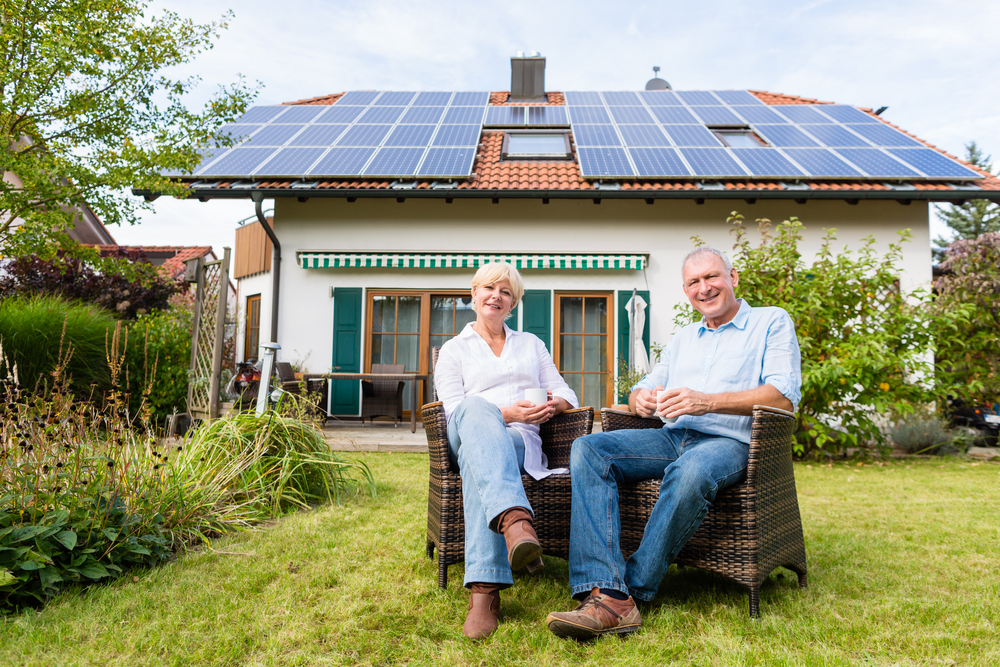
Go Solar
Solar panels are an expensive investment. However, they allow homeowners to eschew standard electricity to light their home or power their home in other ways. These panels can help homeowners significantly lower their carbon footprint, live more sustainably and be self-sustaining, too.
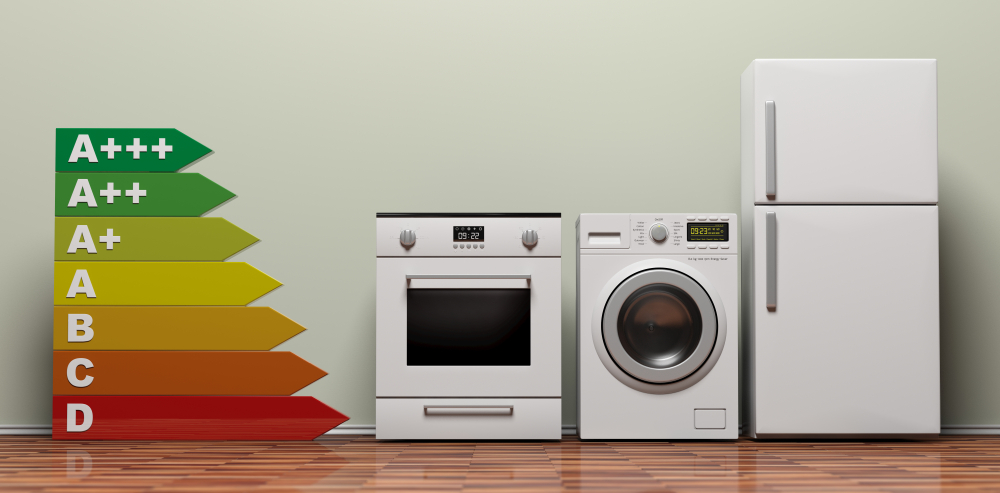
Choose Energy-Efficient Appliances
Homeowners who need to replace a washer and dryer, a dishwasher or another appliance in the home might consider upgrading to an energy-efficient option. For most major appliances, homeowners can look for the ENERGY STAR label. In addition, each product should offer a breakdown related to energy data. Before shopping, research the options to find the best energy-efficient appliance in the budget.

Use Natural Light
During mild temperature months, opt to use the natural light of the sun during the day instead of turning on lamps or other light fixtures. Be cautious, though, as sunlight can fade family photos and upholstery.
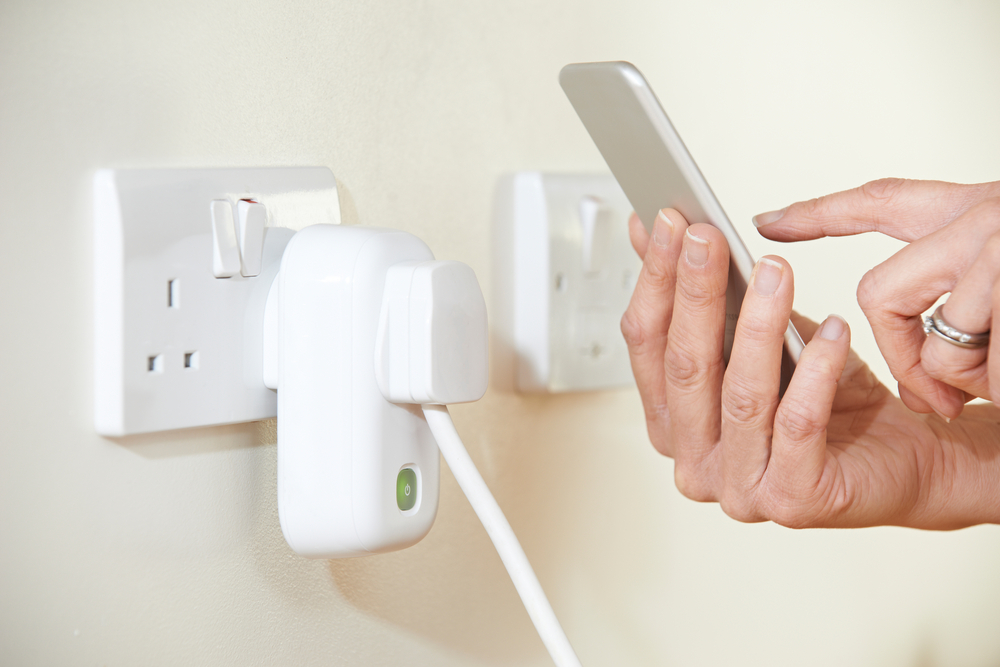
Use Technology as a Benefit
Technology could help homeowners curtail their energy waste. By using the Internet of Things, homeowners can control appliances and gadgets remotely from their home or tablet thanks to smart plugs and smart power strips.
While IoT won’t necessarily save homeowners lots of money, the technology can help homeowners turn off appliances from anywhere and cut down on energy waste.
Conduct a Home Energy Audit
Homes can have hidden energy drains that zap the budget and impact the home’s carbon footprint. Homeowners can download the benefyd app to help them conduct a home energy audit.
benefyd will require homeowners to enter utility information about their home (homeowners should have recent bills on hand). The app will prompt homeowners to take a snapshot of each room in their home, too.
Using the photos and the energy use data provided, benefyd will help homeowners find ways to cut their energy use and save money. The app also can help homeowners find rebates, too! Conducting a home energy audit is an easy way to help embrace an eco-friendly lifestyle, save money and help fight climate change, too.


